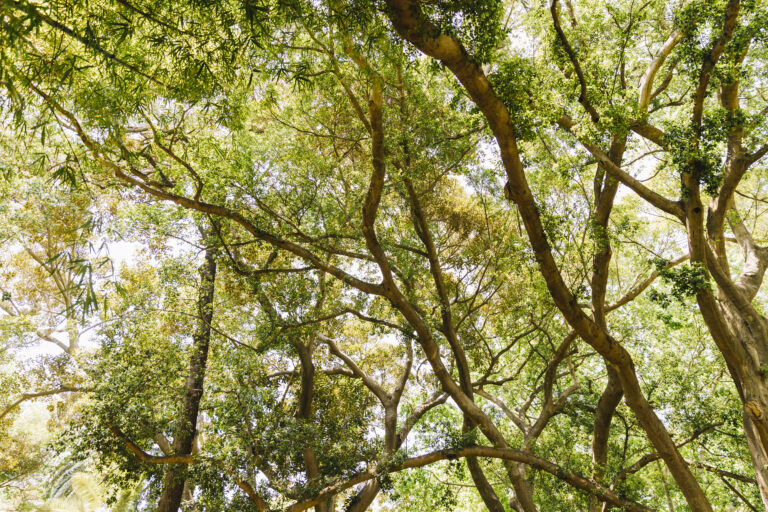Why I Choose to Grow Mainly Native Plants in my Garden
Planting native species is a powerful way to support local wildlife and honour the land we live on. Even a small garden can become a sanctuary for native creatures—birds, bees, and possums alike. Let’s grow green paths through our cities—one plant at a time.

Living in Melbourne, I’ve become deeply aware of how important it is to grow native and indigenous plants that are local to our area and climate zone. For me, sustainability isn’t just a buzzword—it’s a way of living that feels grounded, ethical, and connected to the land we stand on. I want to begin by acknowledging the Traditional Custodians of the land where I live and grow— the Wurundjeri Woi Wurrung people of the Kulin Nation—and pay my respects to Elders past and present. Their deep connection with Country, and their enduring care for the land, waters, and all living things, continue to inspire how I approach gardening and community.
One of the most meaningful steps I’ve taken is to nurture a small but thriving garden filled with local plants. I don’t have a huge backyard—just a modest patch of soil—but I try to make the most of it by planting species that support our native wildlife. It’s my humble way of giving back to Country, and honouring the knowledge that has protected these landscapes for tens of thousands of years.
It’s not just about looks (although native plants are stunning). It’s about creating green corridors in the heart of our cities—tiny pockets of life that act as stepping stones for native birds, insects, crickets, possums, and other local creatures. These gardens become little sanctuaries, giving endangered species a place to rest, feed, and even raise their young. In a world where concrete keeps spreading, these green oases matter more than ever.
What I love most is watching how quickly life returns. A couple of grevilleas here, some kangaroo paw there, and suddenly the air is full of movement—bees buzzing, wrens hopping through the branches, the gentle rustle of something small in the undergrowth. It reminds me that even in the suburbs, even with limited space, we can have a real impact.
If more of us planted locally adapted species in our gardens, balconies, front yards, rooftops, and community spaces, we’d start stitching together a wider, living network—a kind of urban ecosystem where humans and wildlife coexist with more harmony. It’s a quiet act of respect and regeneration, and a gentle invitation to reconnect with place.
So even if you only have a few pots or a tiny strip of dirt, know that every native plant you grow can be part of something bigger. I’m doing what I can with what I have, and that’s more than enough to make a difference.
